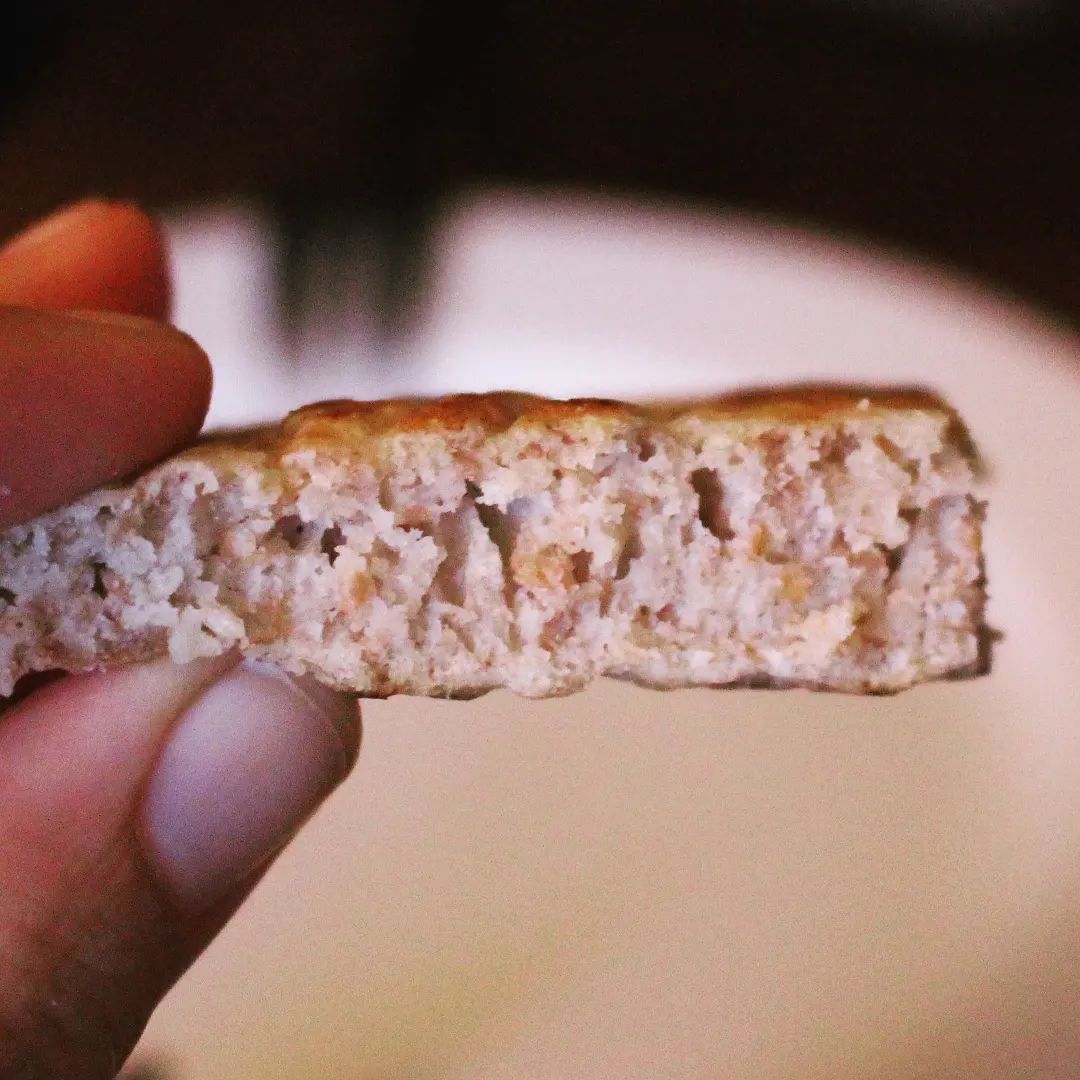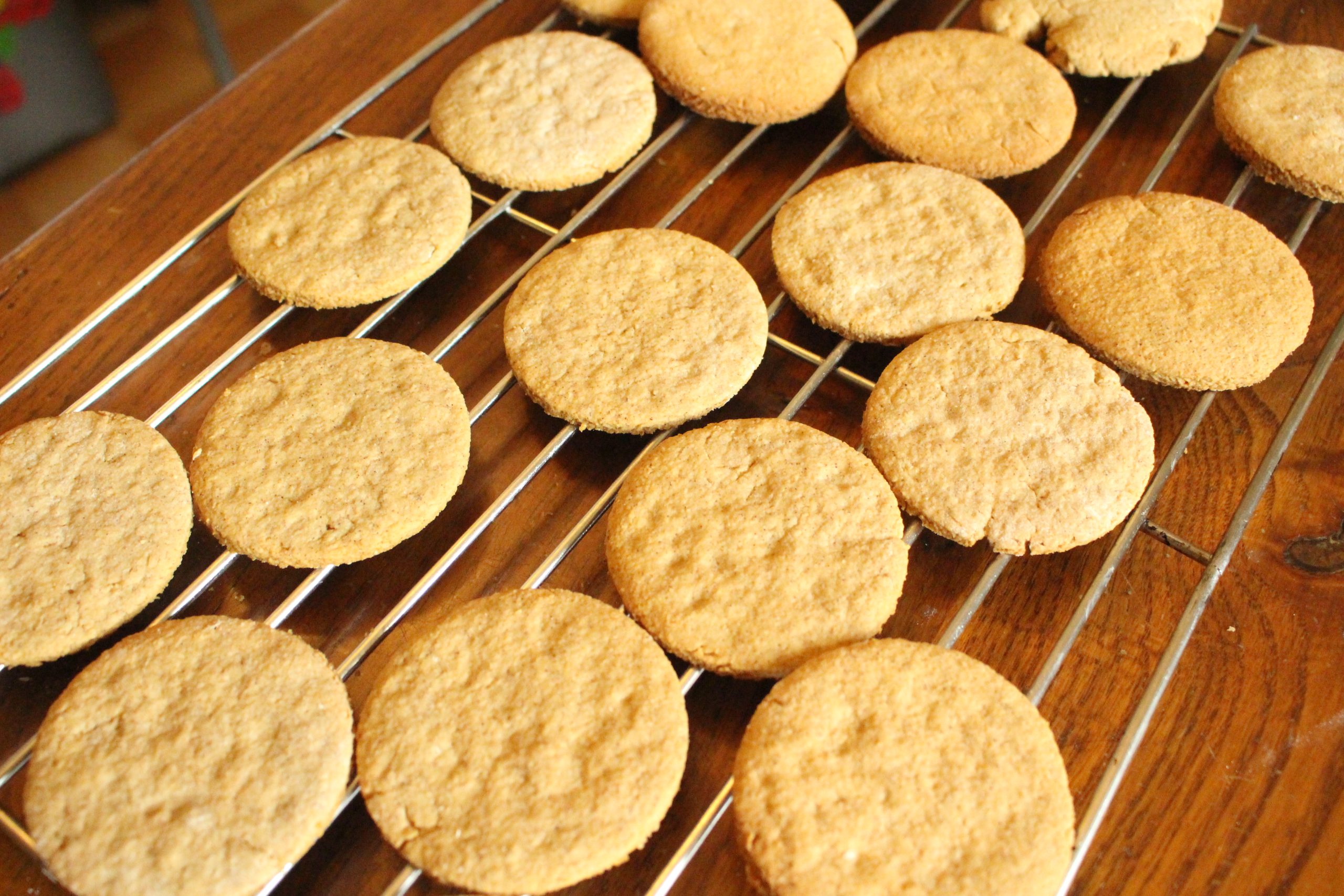Do you want to know how to transition your kitchen to ancestral methods? Maybe you’ve tried before? Perhaps you have the Nourishing Traditions cookbook, but feel so overwhelmed that you don’t know where to go next? . In today’s episode of @ancestralkitchenpodcast (#50), we will make it easy for you! Listen in for a road map of twenty steps that will take you from a standard diet to a beautiful nourishing ancestral one; we’ll detail them all, tell you how we both started and give you many resources to help your journey! . You can download the free printable ’20 Steps To An Ancestral Kitchen’ from www.ancestralkitchen.com/20steps. The link is in my profile. . This is our 50th episode!! Thank you to everyone for listening, sharing and sending us such wonderful and interesting messages. We hope your enjoy our half century :-)
Do you want to know how to transition your kitchen to ancestral methods? Maybe you’ve tried before? Perhaps you have the Nourishing Traditions cookbook, but feel so overwhelmed that you don’t know where to go next?
.
In today’s episode of @ancestralkitchenpodcast (#50), we will make it easy for you! Listen in for a road map of twenty steps that will take you from a standard diet to a beautiful nourishing ancestral one; we’ll detail them all, tell you how we both started and give you many resources to help your journey!
.
You can download the free printable ’20 Steps To An Ancestral Kitchen’ from www.ancestralkitchen.com/20steps. The link is in my profile.
.
This is our 50th episode!! Thank you to everyone for listening, sharing and sending us such wonderful and interesting messages. We hope your enjoy our half century 🙂








